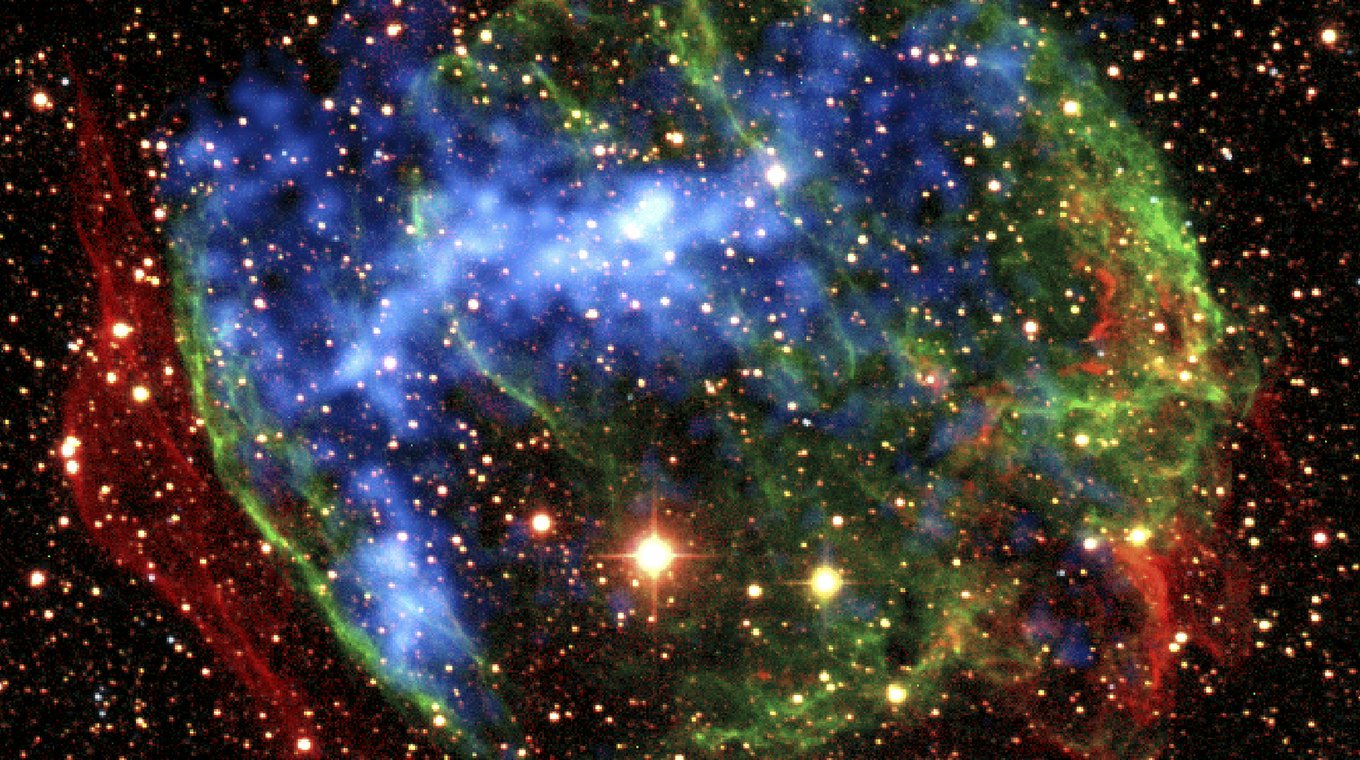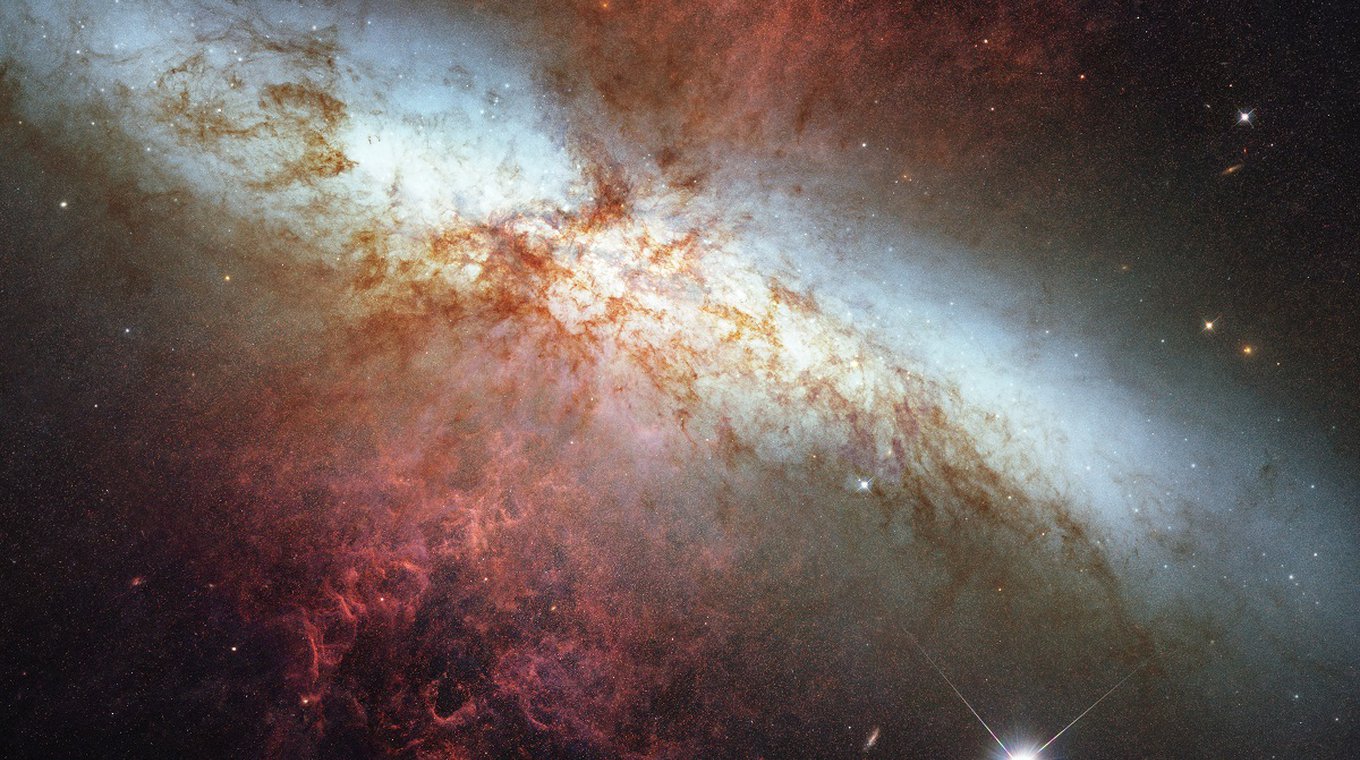Voor veel mensen lijken de sterren aan de hemel onveranderlijk. Ze bewegen in vaste banen langs de hemel, samen met de planeten en de maan, maar zijn verder constant. We weten nu dat, in tegenstelling tot hoe het lijkt, de kosmos verre van een serene plek is. In zijn publiekslezing op donderdag 17 oktober beschrijft Jacco Vink zijn interesse in supernova's en supernovaresten. Ook illustreert hij hoe belangrijk de oude archieven zijn voor een beter begrip van supernovaresten. De lezing is Engelstalig.
Rijksmuseum Boerhaave and the Lorentz Center together organize the public lecture ‘Supernova’s: Ancient cosmic firework, from historical impact to their present day aftermath’ by Jacco Vink on Thursday 17 October 2019. The lecture starts at 18.30 at Rijksmuseum Boerhaave.
To many people the night sky seems immutable, changing only as the sky appears to rotate above us, with the planets and the moon steadily wandering through the stars in fixed patterns. But we know now that the cosmos is far from the tranquil place it appears to be. Every now and then, comets may be seen by the naked eye for a few weeks. But historically even more spectacular changes on(in?) the night sky have been visible on rare occasions (once every hundred years or even longer (or more?)): the sudden appearance of a new, very bright star, which then slowly fades away. In ancient China these stars were called “guest stars” and in Renaissance Europe they were simply called “new star” or “stella nova”, or “nova" for short. It only became clear less than a century ago, by observing similar events in other galaxies, that among the “novae” some were much more powerful than others: supernovae. We now know that supernovae are the explosions of stars, either stars much more massive than the Sun, or very compact stars called white dwarfs.

In hindsight it became clear that the new stars of AD 1572 and AD 1604 were supernovae. Ancient historical records from China, Korea, Japan, and the Arabic world have revealed that these spectacular events were also observed well before Europe was at the dawn of the scientific revolution.
In particular, the events in AD 185, AD 1006, and AD 1054 have received a lot of attention. These events are associated with present-day objects in the sky, which we call “supernova remnants”, and they are objects of active research as they reveal the inner workings of the supernova explosions, and they provide a lot of energy to the gas in the Milky Way. Some of this energy will be converted to highly energetic particles, which we observe on Earth as cosmic rays.

In this lecture Jacco Vink will describe the interest in supernovae and supernova remnants, and illustrate how the ancient records are important for a better understanding of supernova remnants.
Lecture: ‘Supernova’s: Ancient cosmic firework, from historical impact to their present day aftermath’
Language: English
Date: Thursday 17 October 2019, 18:30 - 19:30
Venue: Rijksmuseum Boerhaave, Lange Sint Agnietenstraat 10, Leiden
Entrance: Special Guest Card, entrance ticket, friend of the museum

